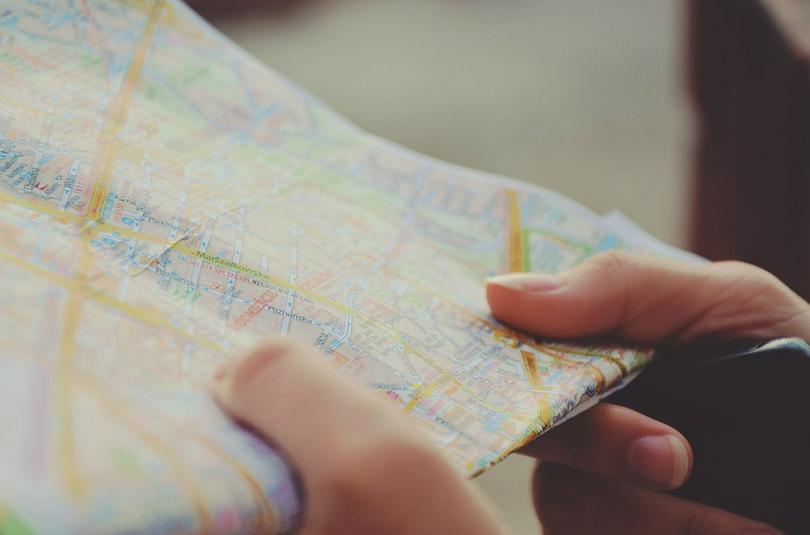Many Chinese people learn the geography of their country by using a map of China, which has become an "enlightenment learning material" for them to understand the country. So how was the first map of China drawn using scientific methods?
Western advanced mapping techniques were introduced to China when Matteo Ricci entered the country and showed a map of the world. From the 1720s to the 1820s the Emperor Kangxi expanded China’s territory by defeating all rebels and resisting the Russian invasion. To gain a deeper understanding of the territories under his reign, Emperor Kangxi had the idea of drawing maps of his empire. Due to the lack of detailed and accurate maps during the negotiation process of the Treaty of Nerchinsk with Tsarist Russia, China became passive. That all the more convinced the Emperor of the need for accurate maps.
At the suggestion of the French missionary Dominique Parrenin, Emperor Kangxi ordered the drawing of maps of China in 1708. The measuring methods adopted were astronomical observation and astronomical triangular measurement. The drawing method was trapezoidal projection. The scale of the maps was one to the 400,000th. The project was mainly conducted by missionaries from France, Austria, and Portugal with Chinese staff providing assistance. The missionary members on the project were Jean Baptiste Regis (French), Joachim Bouvet (French), Joseph-Francois–Marie-Anne de Moyriac de Mailla (French), Pierre Jartoux (French), Xavier Fridelli (Austria), Fabre Bonjour(French), Pierre-Vincent de Tartre (French), Joannes Fr. Cardoso (Portugal), Rom. Hinderer (French), and Jean-François Gerbillon, S.J. (French). The Chinese team were scholars such as He Guodong, Sozhu, Bai Yingxuan, Gong E, and Ming Antu.
The French Jesuit Parrenin led the international team. From 1708 to 1715, they left their footprints throughout the regions of Canton, Manchuria, Mongolia, Uyghur region (Hami), Shaanxi, Shandong, Henan, Jiangnan, Zhejiang, Fujian, Jiangxi, Hu Nan and Hu Bei, Guangdong, Guangxi, Sichuan, Guizhou, and Yunnan. They carried out a major survey of China's geography. They carefully measured everything and everywhere, including even Mount Everest! This is a historical account of Parrenin’s contribution: "Parrenin visited the most places. He did most of the work. At the initial stage of the project he traveled the entire northwest plain. Then he went to the southern region, travelling in the mountains of Yunnan primitive tribes. He left to us his great geographic achievements."
In 1717, China's first map of China using science technology – "Kangxi Emperor's Map of China" was published. It was the very first map of China that used modern longitude and latitude grids and a projection method with a latitude difference of 8 degrees in a row, a total of eight rows. Forty-one copper plates were used. Apart from some areas of the Uyghur region (not part of Kangxi Emperor’s reign by then), the map details Tibet and Mongolia's far west. There are 32 provincial and regional maps. The territory includes Manchuria’s Kuye Island (Sakhalin Island), Taiwan to the south-east, Lake Baikal to the north, Hainan Island to the south, Yili River to the northwest, and the west of Liecheng to the southwest.
Kangxi Emperor's Map clearly presented the ancient Chinese Empire for the first time so that a vast number of people for the first time knew the detailed territory of their motherland. Many scholars pointed out that the Qing Dynasty laid the map of modern China. In addition to exploring a new land, a detailed map shows clearly the sovereign territory of a country. That is one of the factors that cannot be ignored. Therefore, the contribution of Jesuits such as Parrenin and Chinese scholars is epoch-making.
- Translated by Charlie Li












